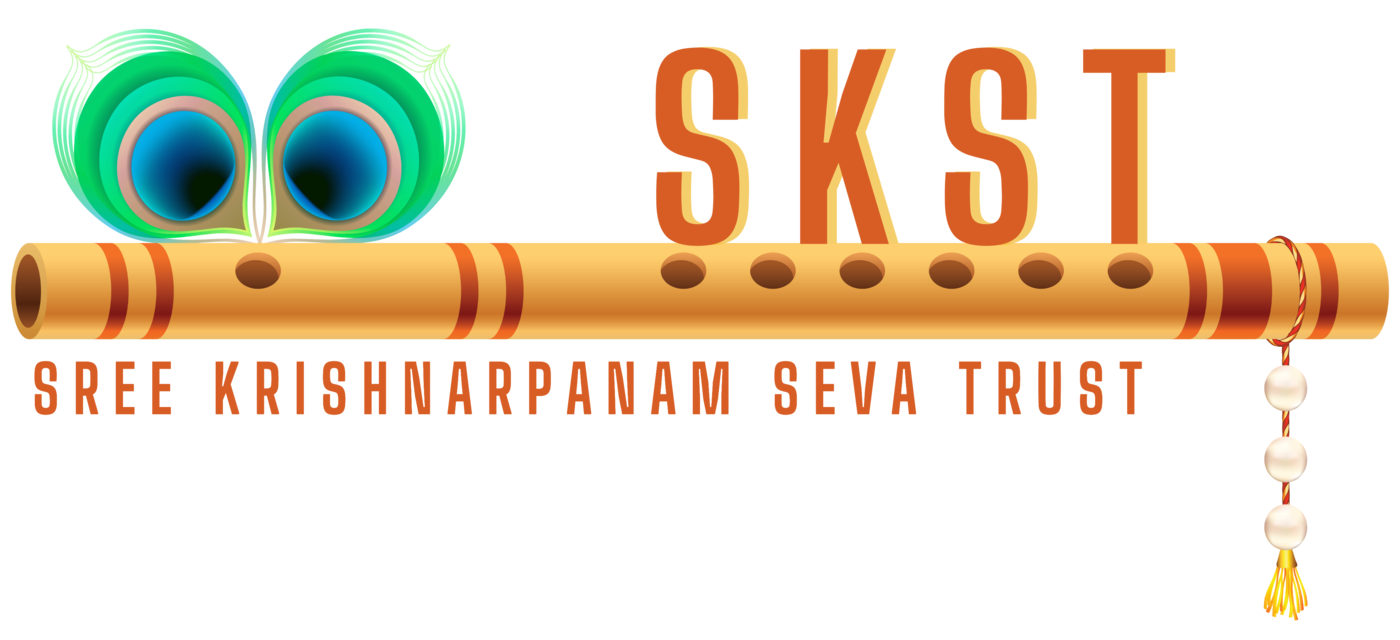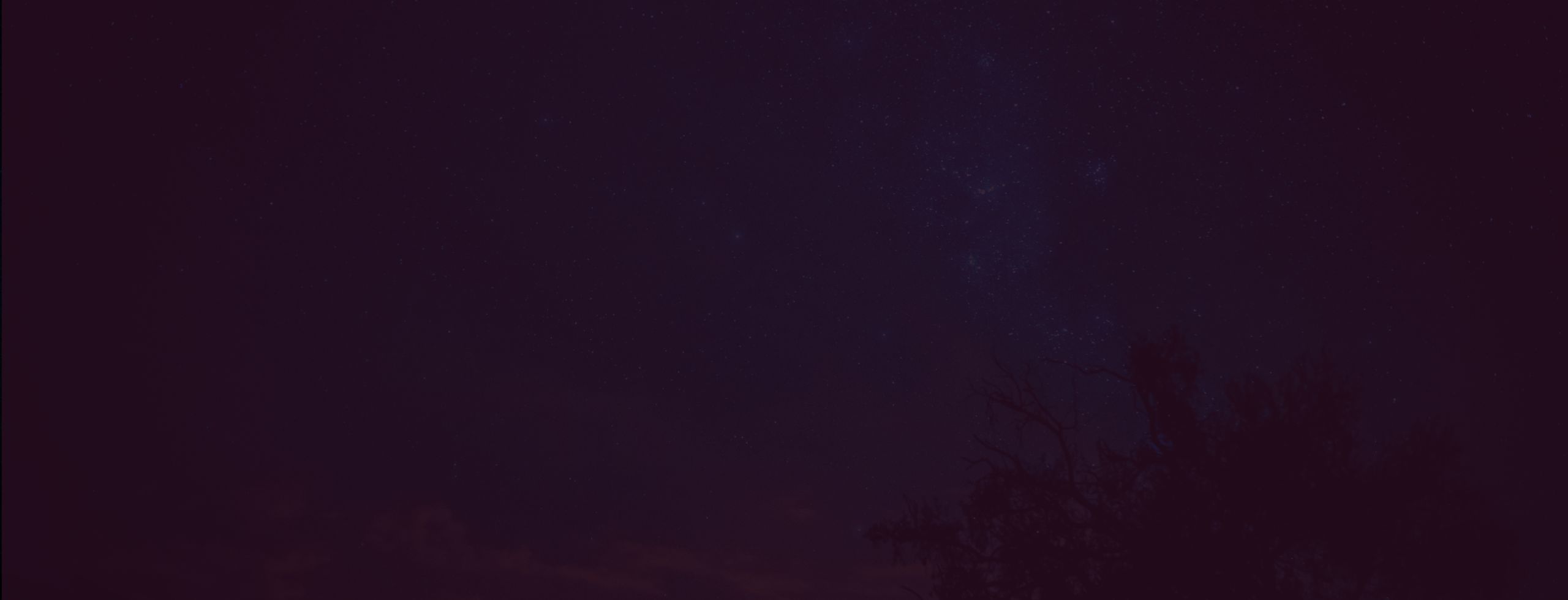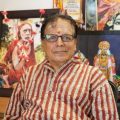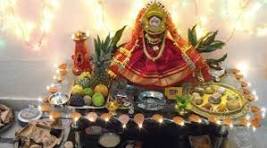
MAHA SHIVARATHRI – J K SIVAN
Tomorrow 8.3.2024 through out the country, wherever Hindus reside, Mahashivratri will be celebrated. Many will throng to Shiva temples amd stau awake the whole of th night praying and chanting slokas and anthras and meditate.
Lord Siva is abishekapriya, and there will be always a jalatharai, water dropping on Sivalingas in all siva temples.
Maha-shivaratri, means “Great Night of Lord Shiva” the most important sectarian festival of the year for devotees of the Hindu god Shiva. The 14th day of the dark half of each lunar month is specially sacred to Shiva, but when it occurs in the month of Magha (January–February) and, to a lesser extent, in the month of Phalguna (February–March), it is a day of particular rejoicing.
Many devotees celebrate the day by observing a fast during the day and their fast only the next morning, after the nightlong worship.
”Om Nama Sivaya” is known as Panchakshara Mantra, and it is our belief that one who utters the name of Shiva during Shivratri with proper devotion is freed from all sins. He reaches the abode of Shiva and lives happily there. He is liberated from the cycle of birth and death.
Shiva Purana says that Mahashivratri worship must incorporate six items: the ceremonial offer of cooling bael leaves(VILVA) to the hot-blooded deity, representing purification of the soul; the vermilion paste (KUMKUM) applied on the linga after bathing it, representing virtue; food offering which is conducive to longevity and gratification of desires; incense, yielding wealth; the lighting of the lamp which is conducive to the attainment of knowledge; and betel leaves marking satisfaction with worldly pleasures. These six items, till today, form an indispensable part of Mahashivratri, be it a simple ceremony at home or grand temple worship. By offering water, hugging the linga, lighting the diya and incense, and ringing the temple bells, devotees call into focus all their senses, making them acutely aware of themselves and the universe to which they belong.
Maha Shivratri being a moonless night, people worship the God who wears the crescent moon as an adornment in his hair, God Shiva. This was probably to ensure that the moon rose the next night. According to one myth, Parvati performed tapas, prayed, and meditated on this day to ward off any evil that may befall Her husband on the moonless night. Another popular belief is that Mahashivratri is actually the celebration to mark the holy union of Lord Shiva and Parvati on this day.
Once Brahma and Vishnu were fighting over who was the superior of the two. Horrified at the intensity of the battle, the other gods asked Shiva to intervene. To make them realize the futility of their fight, Shiva assumed the form of a huge column of fire in between Brahma and Vishnu. Awestruck by its magnitude, they decided to find one end each to establish supremacy over the other. Brahma assumed the form of a swan and went upwards and Vishnu as Varaha went into the earth. Nevertheless, light has no limit and though they searched for thousands of miles, neither could find the end. On his journey upwards, Brahma came across a ketaki flower wafting down slowly.
When asked where she had come from, Ketaki replied that she had been placed at the top of the fiery column as an offering. Unable to find the uppermost limit, Brahma decided to end his search and take the flower as a witness. At this, the angry Shiva revealed HIS true form. He punished Brahma for telling a lie, and cursed him that no one would ever pray to him. The ketaki flower too was banned from being used as an offering for any worship, as she had testified falsely. Since it was on the 14th day in the dark half of the month Shiva first manifested himself in the form of a linga, the day is especially auspicious and is celebrated as Mahashivratri.
In Ujjain Mahakaleshwar Shiv Lingum is worshipped with the performance of all the religious rites and rituals. The story goes that a powerful demon who lived on Ratnamal mountain attacked Avanti – the name of the present-day Ujjain in those days – and killed a Brahmin sage by putting him in fire. The angry Lord Shiv opened his third eye and burnt the demon to ashes. On that very spot of land where Lord Shiva opened his third eye and killed the demon appeared the Shiv-Lingum. A majestic temple was built on that ground. The mention of this temple is found in `Adi-Brahma Puran’ and its detailed description in the `Gyan-Samhita’. The illustrious king Vikramaditya during the time he was the ruler of Ujjaini, visited the MahaKaleshwar temple every morning, after his bath. He bowed before the Shiv-Lingum in all humility and prayed to Lord Shiv to mercifully grant prosperity and happiness to his subjects and peace to the land over which he ruled. He placed one hundred and eleven Bel leaves one by one on the Shiv lingam and while placing each leaf he praised Lord Shanker by reciting the shlokas.





